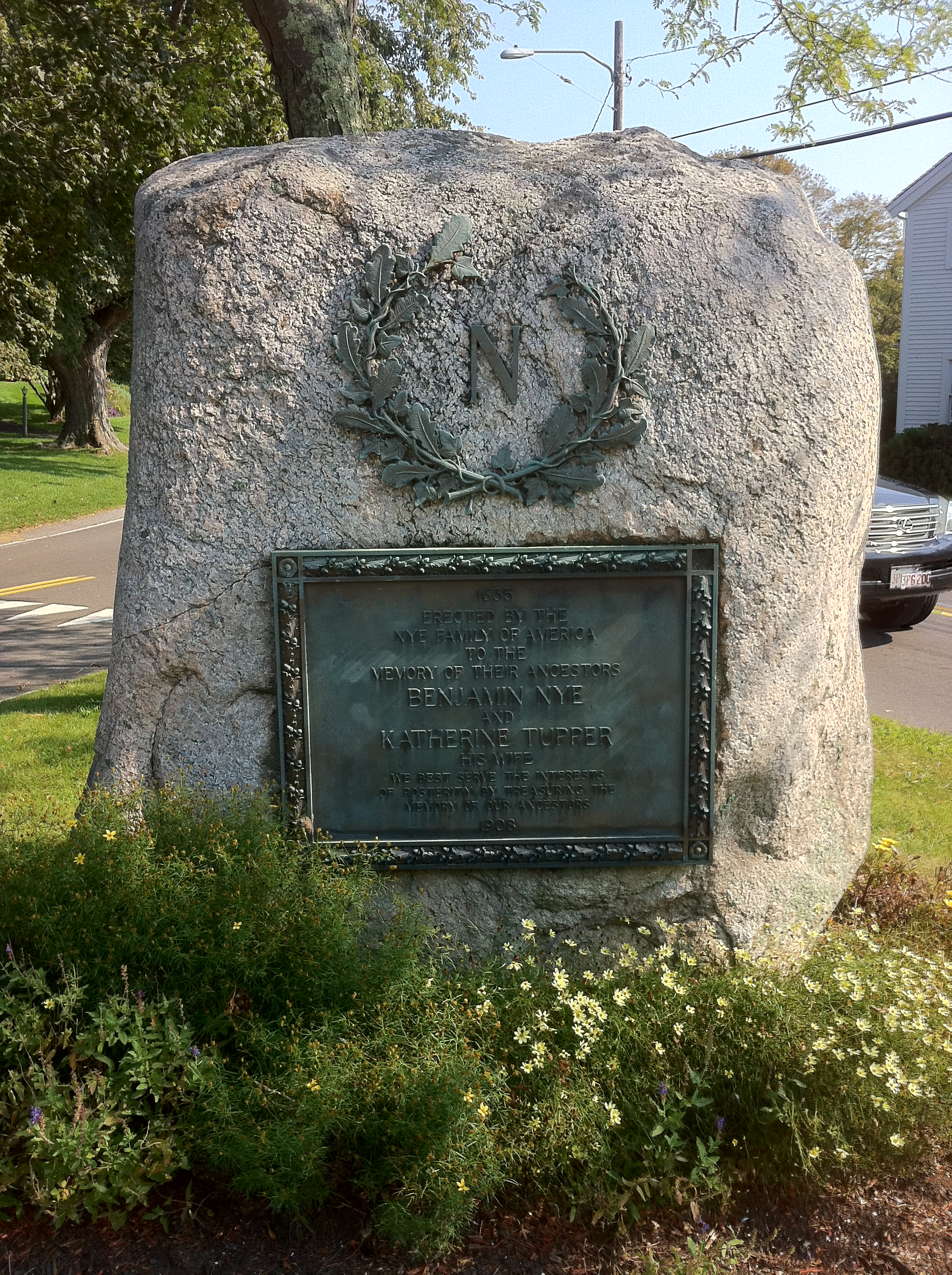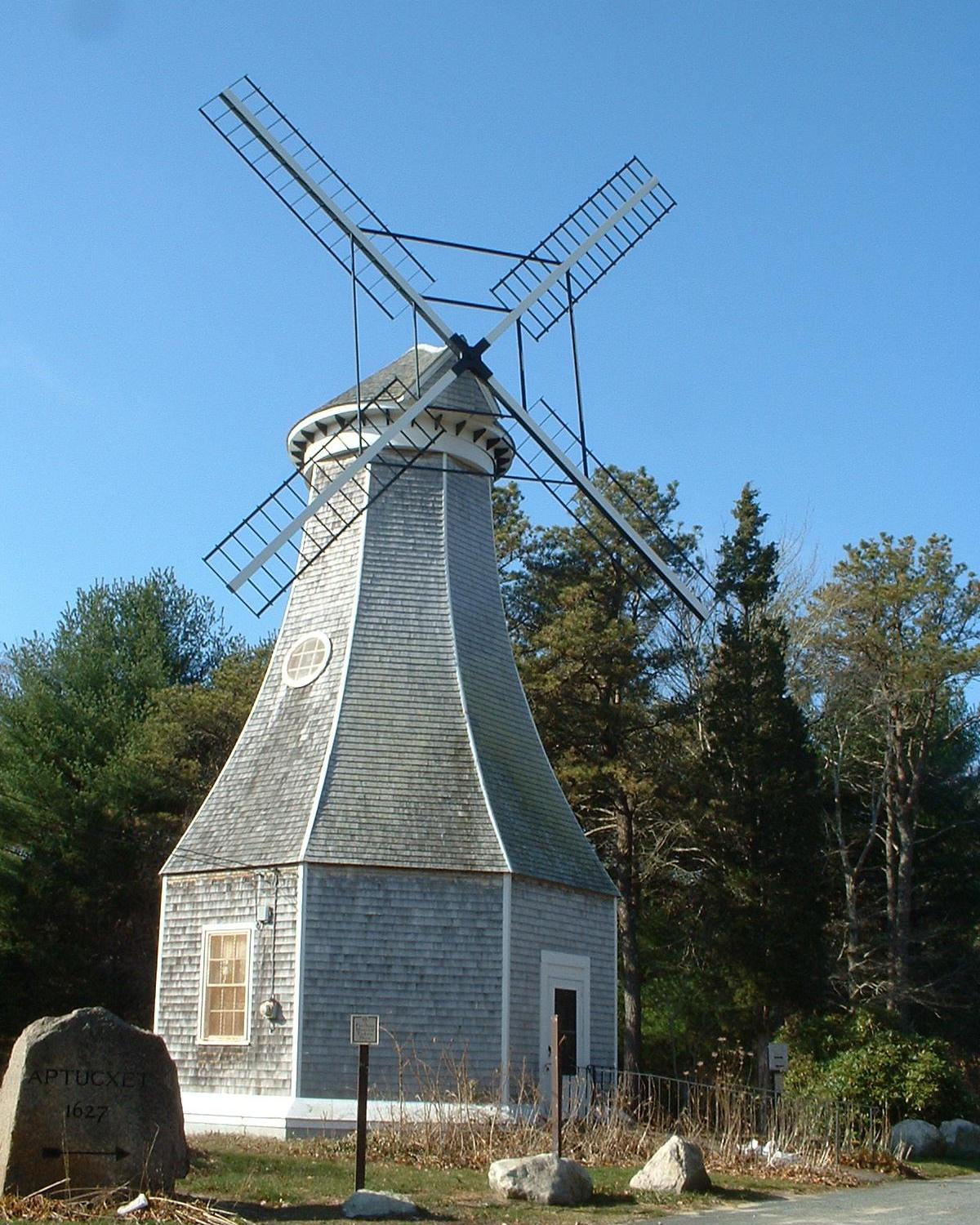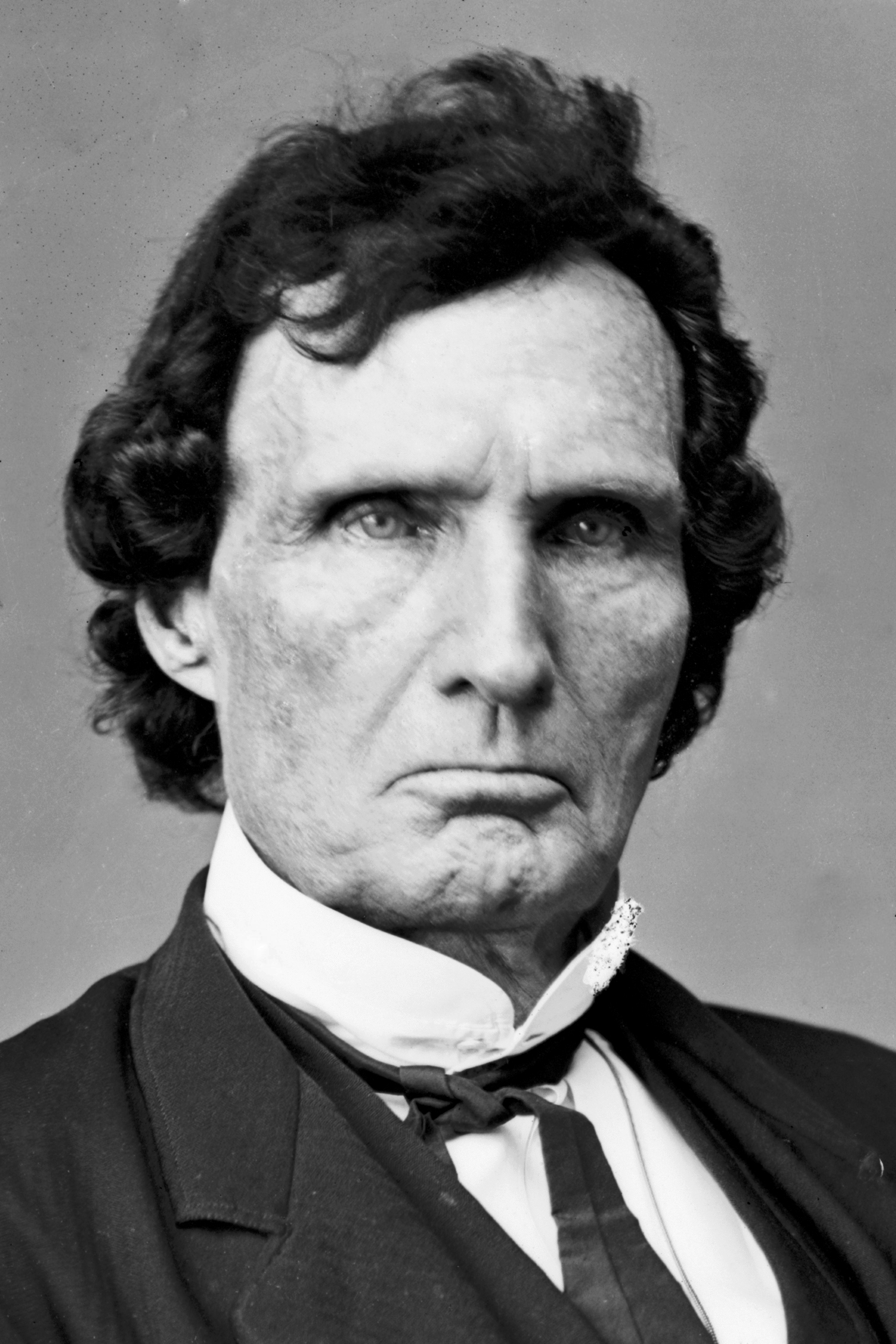|
Jonathan Bourne Jr. (merchant)
Jonathan Bourne Jr. (1811–1889) was a whaling agent and merchant who lived and worked in New Bedford, Massachusetts. Biography Jonathan Bourne Jr. was born in Sandwich, Massachusetts on March 25, 1811, the tenth of eleven children, and was raised on a farm there. When he was seventeen, he moved to New Bedford and entered the grocery business. By the time he was 24, he had married into the Nye-Howland family and had started investing in whaling ships. Business ventures In 1841, he purchased the ''Lagoda'', a merchant vessel he converted to a whaling ship. The ''Lagoda'' became the most lucrative whaling ship in New Bedford's history. Bourne would serve as agent for 24 vessels and own stock in 22 more. He also invested in the Gosnold Mill, Hathaway Mill, Bourne Mill, and Acushnet Mill. He also directed the Union Street Railway Company, the Western Railroad, and the New Bedford, Vineyard, and Nantucket Steamboat Company. Civic engagement Bourne was initially a member of ... [...More Info...] [...Related Items...] OR: [Wikipedia] [Google] [Baidu] |
Sandwich, Massachusetts
Sandwich is a town in Barnstable County, Massachusetts, United States and is the oldest town on Cape Cod. The town motto is ''Post tot Naufracia Portus'', "after so many shipwrecks, a haven". The population was 20,259 at the 2020 census. History Cape Cod was inhabited by American Indians prior to European colonization. Sandwich was occupied by the Eastern Algonquian speaking Wampanoag tribe who aided the Pilgrims of Plymouth Colony in the 1620s. The Mashpee Wampanoag Tribe still live on Cape Cod and are making efforts to revive the Wampanoag language. A group of settlers from Saugus, Massachusetts colonized Sandwich in 1637 with the permission of the Plymouth Colony. It is named for the seaport of Sandwich, Kent in England. It was incorporated in 1639 and is the oldest town on Cape Cod, together with Yarmouth. The western portion of the town was separated from the original Town of Sandwich and became the town of Bourne in 1884. Sandwich was the site of an early Quaker s ... [...More Info...] [...Related Items...] OR: [Wikipedia] [Google] [Baidu] |
New Bedford, Massachusetts
New Bedford is a city in Bristol County, Massachusetts, United States. It is located on the Acushnet River in what is known as the South Coast region. At the 2020 census, New Bedford had a population of 101,079, making it the state's ninth-largest city and the largest of the South Coast region. It is the second-largest city in the Providence-New Bedford, RI-MA Metropolitan Statistical Area, which is also a part of the greater Boston, Massachusetts Combined Statistical Area. Up through the 17th century, the area was the territory of the Wampanoag Indians. English colonists bought the land on which New Bedford would later be built from the Wampanoag in 1652, and the original colonial settlement that would later become the city was founded by English Quakers in the late 17th century. The town of New Bedford itself was officially incorporated in 1787. During the first half of the 19th century, New Bedford was one of the world's most important whaling ports. At its economic hei ... [...More Info...] [...Related Items...] OR: [Wikipedia] [Google] [Baidu] |
Bourne, Massachusetts
Bourne ( ) is a New England town, town in Barnstable County, Massachusetts, United States. The population was 20,452 at the 2020 census. For geographic and demographic information on specific parts of the town of Bourne, please see the articles on Bourne (CDP), Massachusetts, Bourne (CDP), Buzzards Bay, Massachusetts, Buzzards Bay, Monument Beach, Massachusetts, Monument Beach, Pocasset, Massachusetts, Pocasset, Sagamore, Massachusetts, Sagamore, and Sagamore Beach, Massachusetts, Sagamore Beach. History Bourne was first settled in 1640 by Ezra Perry as a part of the town of Sandwich, Massachusetts, Sandwich. Prior to its separation from Sandwich, the area was referred to as West Sandwich. It was officially incorporated in 1884, the last town to be incorporated in Barnstable County. It was named for Jonathan Bourne Sr. (1811–1889), whose ancestor Richard Bourne represented Sandwich in the first Massachusetts General Court and was the first preacher to the Mashpee Wampanoag on C ... [...More Info...] [...Related Items...] OR: [Wikipedia] [Google] [Baidu] |
Whig Party (United States)
The Whig Party was a mid-19th century political party in the United States. Alongside the Democratic Party, it was one of two major parties from the late 1830s until the early 1850s and part of the Second Party System. As well as four Whig presidents (William Henry Harrison, John Tyler, Zachary Taylor, and Millard Fillmore), other prominent members included Henry Clay, Daniel Webster, Rufus Choate, William Seward, John J. Crittenden, and John Quincy Adams (whose presidency ended prior to the formation of the Whig Party). The Whig base of support was amongst entrepreneurs, professionals, Protestant Christians (particularly Evangelicals), the urban middle class, and nativists. It had much less backing from poor farmers and unskilled workers. The party was hostile towards the ideology of " manifest destiny", territorial expansion into Texas and the Southwest, and the Mexican–American War. It disliked presidential power, as exhibited by Andrew Jackson and James K. ... [...More Info...] [...Related Items...] OR: [Wikipedia] [Google] [Baidu] |
Republican Party (United States)
The Republican Party, also known as the Grand Old Party (GOP), is a Right-wing politics, right-wing political parties in the United States, political party in the United States. One of the Two-party system, two major parties, it emerged as the main rival of the then-dominant Democratic Party (United States), Democratic Party in the 1850s, and the two parties have dominated American politics since then. The Republican Party was founded in 1854 by anti-slavery activists opposing the Kansas–Nebraska Act and the expansion of slavery in the United States, slavery into U.S. territories. It rapidly gained support in the Northern United States, North, drawing in former Whig Party (United States), Whigs and Free Soil Party, Free Soilers. Abraham Lincoln's 1860 United States presidential election, election in 1860 led to the secession of Southern states and the outbreak of the American Civil War. Under Lincoln and a Republican-controlled Congress, the party led efforts to preserve th ... [...More Info...] [...Related Items...] OR: [Wikipedia] [Google] [Baidu] |
Whaling In The United States
Commercial whaling in the United States dates to the 17th century in New England. The industry peaked in 1846–1852, and New Bedford, Massachusetts, sent out its last whaler, the ''John R. Mantra'', in 1927. The whaling industry was engaged with the production of three different raw materials: whale oil, sperm oil, spermaceti oil, and baleen, whalebone. Whale oil was the result of "trying-out" whale blubber by heating in water. It was a primary lubricant for machinery, whose expansion through the Industrial Revolution depended upon it before the development of petroleum-based lubricants in the second half of the 19th century. Once the prized blubber and spermaceti had been extracted from the whale, the remaining majority of the carcass was discarded. Spermaceti oil came solely from the head-case of sperm whales. It was processed by pressing the material rather than "trying-out". It was more expensive than whale oil, and highly regarded for its use in illumination, by burning th ... [...More Info...] [...Related Items...] OR: [Wikipedia] [Google] [Baidu] |
Lagoda
The ''Lagoda'' is a half-scale model of the whaling ship ''Lagoda'', located at the New Bedford Whaling Museum. The original ship was built in 1826, converted to a whaling ship in 1841, and broken up in 1899. The model was commissioned in 1916 and is the world's largest whaling ship model. Original ship The original ''Lagoda'' was a merchant ship built in 1826 in the Wanton Shipyard on the North River in what is now Norwell, Massachusetts. The shipyard was owned and managed by shipbuilders Seth and Samuel Foster, and the ship was commissioned by Duxbury merchant Ezra Weston II.Browne, p. 75. Originally intended to be named "''Ladoga''" after Lake Ladoga in Russia, the letters "d" and "g" were accidentally swapped and, due to superstition that correcting the name would bring bad luck, she remained the "''Lagoda''". The ship's frame was constructed of live oak, and she had 3 masts and weighed 340 tons. Weston employed the ''Lagoda'' for about seven years as a merchant vessel i ... [...More Info...] [...Related Items...] OR: [Wikipedia] [Google] [Baidu] |
Union Street Railway Company
The Union Street Railway Company (abbreviated Union St. Ry.) was a Tram, streetcar company centered in New Bedford, Massachusetts, New Bedford, Massachusetts. It was formed from the New Bedford & Fairhaven Street Railway in 1887. It started using electric streetcars in 1890. History It operated a railway post office streetcar route connecting New Bedford and Fall River to the main railroad station in Providence, RI. The whaling agent and merchant Jonathan Bourne Jr. (merchant), Jonathan Bourne Jr. (1811—1889) directed the Union Street Railway Company in addition to other ventures. As of 1901, it owned 31 miles of track in New Bedford and its suburbs and operated 70 cars in the summer and 39 in the winter. The Union Street Railway Carbarn, Repair Shop was listed on the National Register of Historic Places in 1978. References {{Reflist Streetcars in Massachusetts Companies based in New Bedford, Massachusetts ... [...More Info...] [...Related Items...] OR: [Wikipedia] [Google] [Baidu] |






